Amid the hustle and bustle of daily life, we all crave a calm respite. There’s no better way to relax and reboot than to harness the power of nature’s bounty the Oriental way.
Ikebana has re-emerged as a popular way to reconnect with nature, but with a spin. While arrangements are appreciated for their intrinsic beauty, the philosophy and symbolism behind this ancient artform represents something we all crave: balance.
Design elements
While it can take years to become an ikebana master, novices can also enjoy the pleasure of this minimal and meditative form of flower arranging
.
“As with all arts, ikebana is a discipline. For anyone who wants to understand ikebana, it’s important to have knowledge of its rules and its forms,” says Belinda Soboil of Bella Flowers. Belinda has studied ikebana for the past 10 years and teaches the Ohara curriculum to beginner and advanced students. She shares some of her trade secrets:
Line, colour and space: Line refers to the imaginary outline that is made up of the outermost tips of the main stems.
“In Japanese art, the balance is always asymmetrical, and the outline of the arrangement resembles an obtuse triangle. Asymmetry is used to convey the beauty of unequal balance,” explains Soboil.
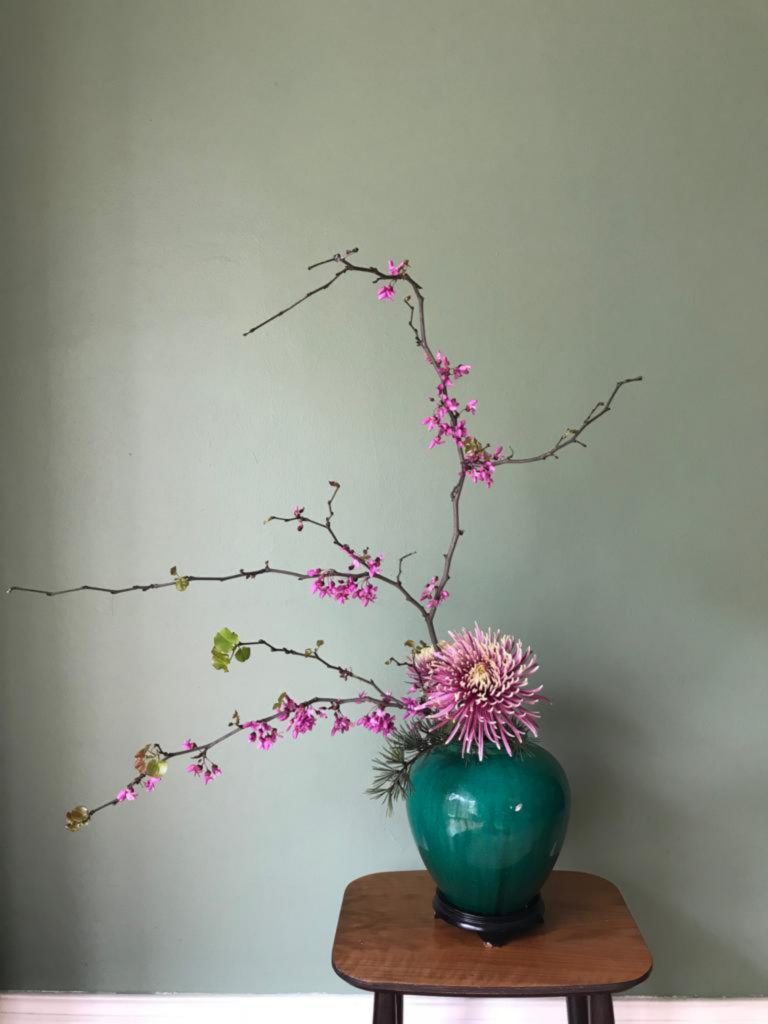
‘Hana-isho Rising Form with Chrysanthemum and Bhahimia’
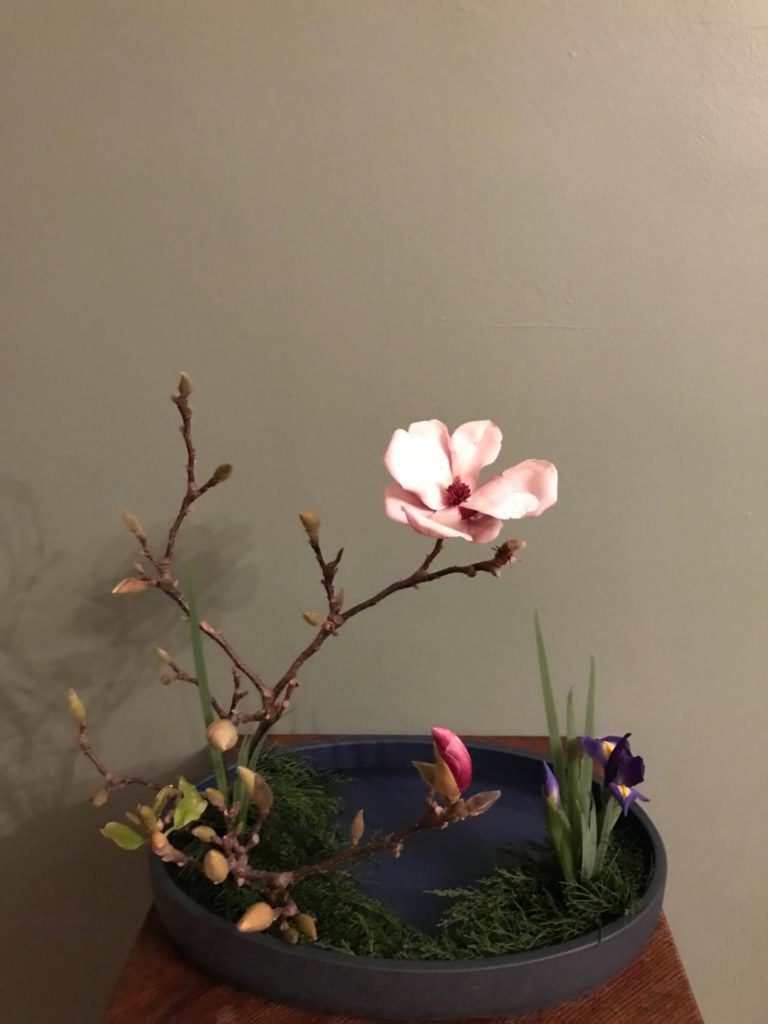
‘Middle view Landscape with Magnolia and Iris’
Empty space: As opposed to mass groupings, the use of empty space is an essential feature of the composition.
According to Soboil, “It helps create asymmetrical balance and offers the viewer a ‘pool of thought’ – a space to contemplate or meditate.”
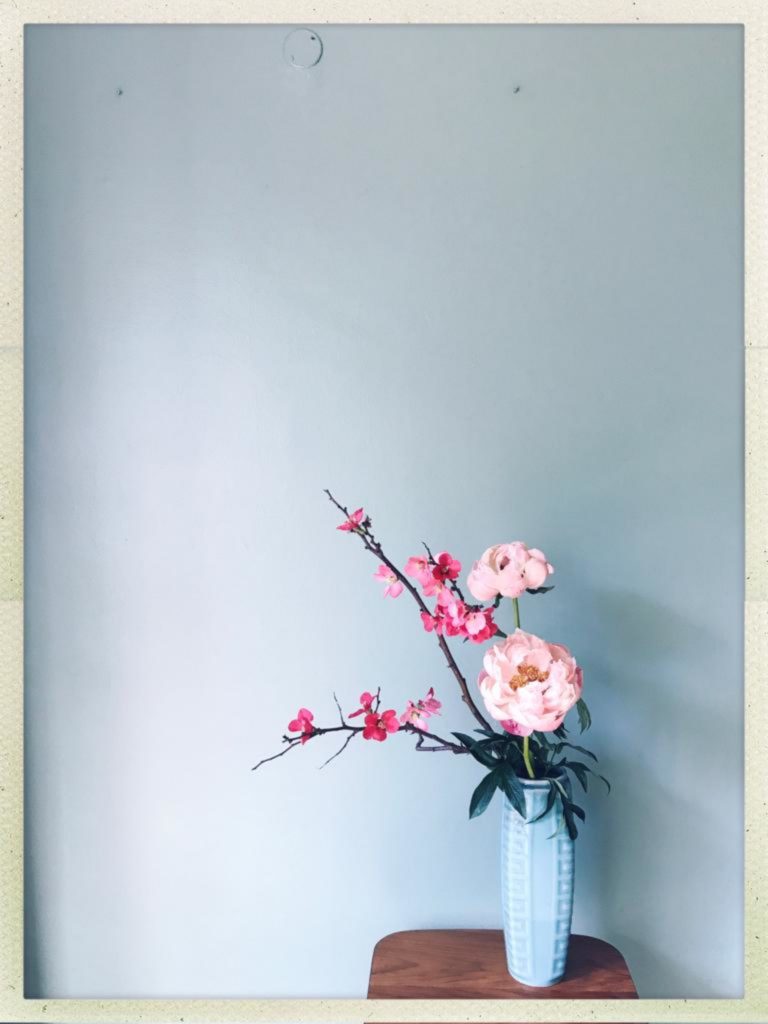
‘Heika with Peony and Ornamental Quince Blossom’
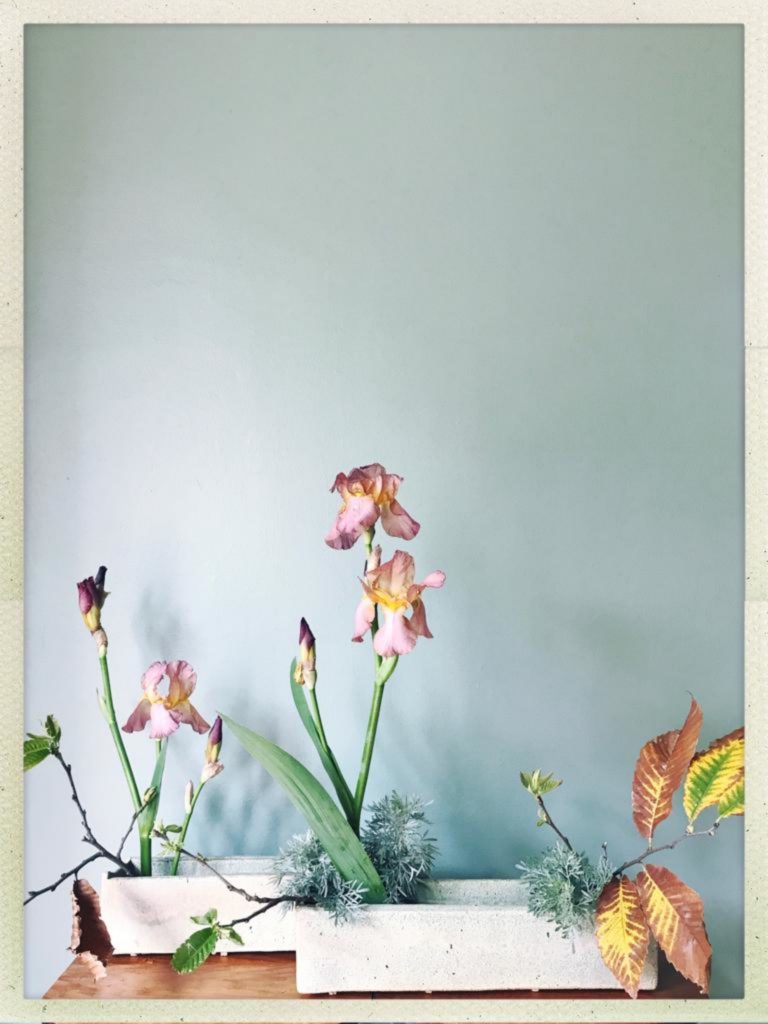
‘Hana-isho Rising Form in Tall Vase with Pear blossom and Arum Lily’
Colour: “The colour of the material, container and surrounds all work together to create a harmonious composition,” explains Soboil.
Arrangements showcase plants at every stage, from buds and flowers in full bloom to withered leaves and seedpods.
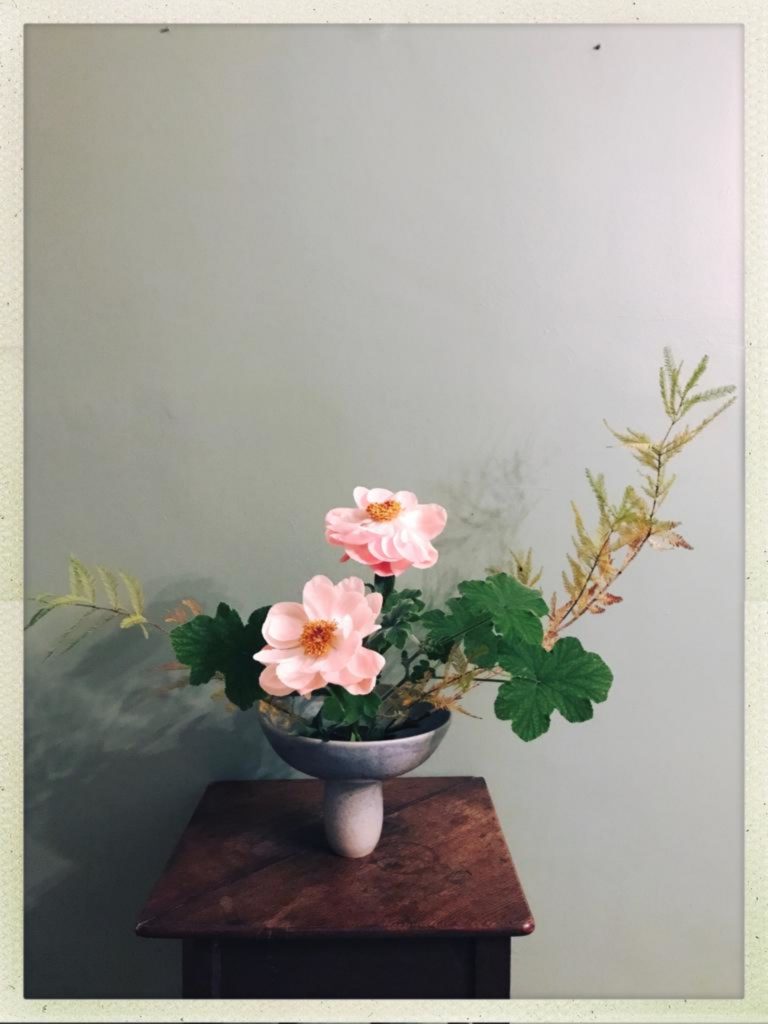
‘Hana-isho Radial Form with Peony, Swamp Cypress and Pelargonium’
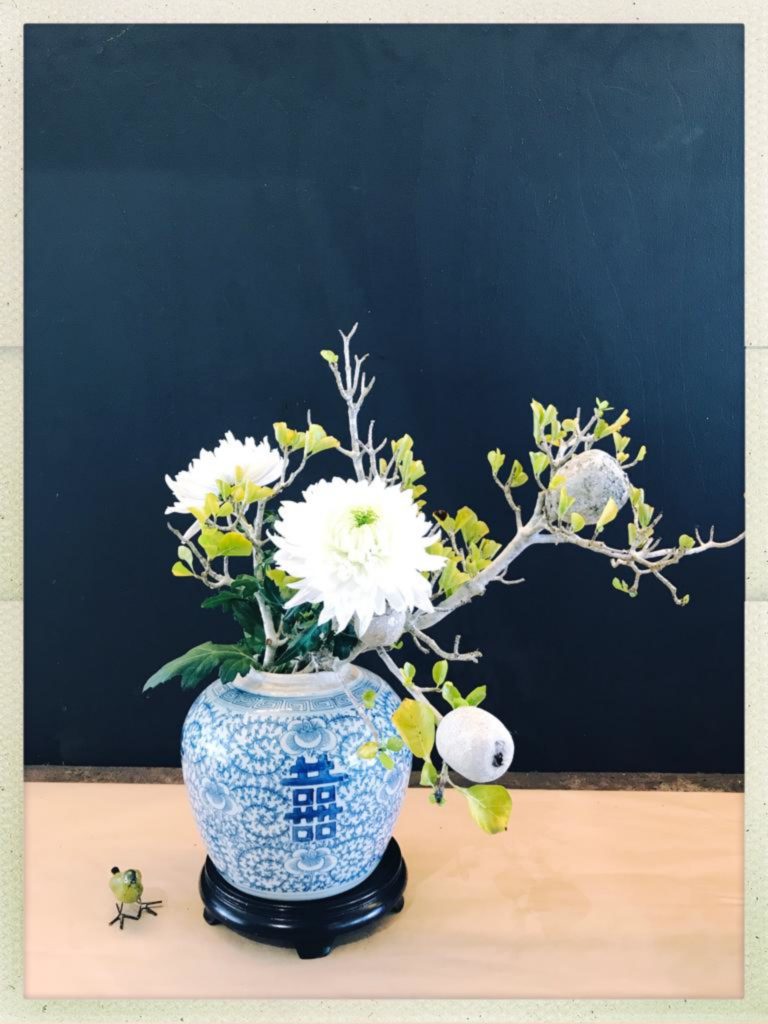
‘Bunjin with Chrysanthemums and Gardenia’
The healing power of greenery
Aesthetics aside, practising this decorative floral artform helps melt away stress and soothe the senses. Allusions to natural shapes and settings focus the mind on the passage of the seasons, time and change, instead of daily stresses.
“Ikebana involves self-discipline, humility, grateful awareness of beauty and a belief in something larger than oneself. All of this brings a serenity and fulfilment,” explains Soboil.
“Just as the Japanese martial arts emerge from a core of mental concentration, the creativity and focus needed for ikebana is seen as a form of meditation,” explains the cultural division of the South African Embassy of Japan.
Historic revival
The history of ikebana can be traced across centuries, countries and continents. According to Soboil “This ancient art form has its origin in 6th-century China when Buddhist monks would gather floral offerings to decorate their alters.” The custom was followed in Japan, but more time and meditation were exercised during the execution.
“While ikebana was originally reserved for religious purposes,” says Soboil, “it gradually spread from the temple to the home.” Today, ikebana has shed its religious connotations, although it continues to retain strong symbolic and philosophical overtones.
Did you know? The ikebana motto is “Friendship through Flowers”, as it transcends cultural boundaries and has become a global decorative art.
Well rooted
According to the cultural division of the South African Embassy of Japan, ikebana has developed several approaches or schools.
While there are more than 20 different ikebana schools in Japan with a large following of instructors, teachers and students, Ikenobo, Ohara and Sogetsu are best known.
• Ikenobo: The largest and oldest school, which is based on the rikka (standing) techniques Buddhist monks used in the 17th century.
• Ohara: Founded in the late 19th century. Shallow containers are used to allow the flowers to appear artfully strewn in moribana. The water surface itself becomes part of the landscape evoked by the arrangement.
• Sogetsu: Founded in the 1920s. A more freeform, naturalistic style. Newer schools have added more avant garde and abstract approaches.
Images: Bella Flowers


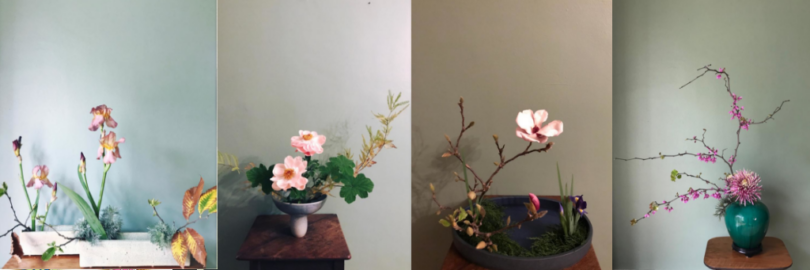






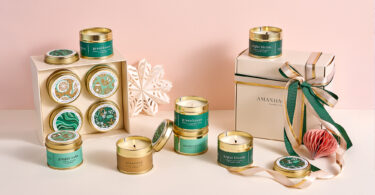
Leave a Comment